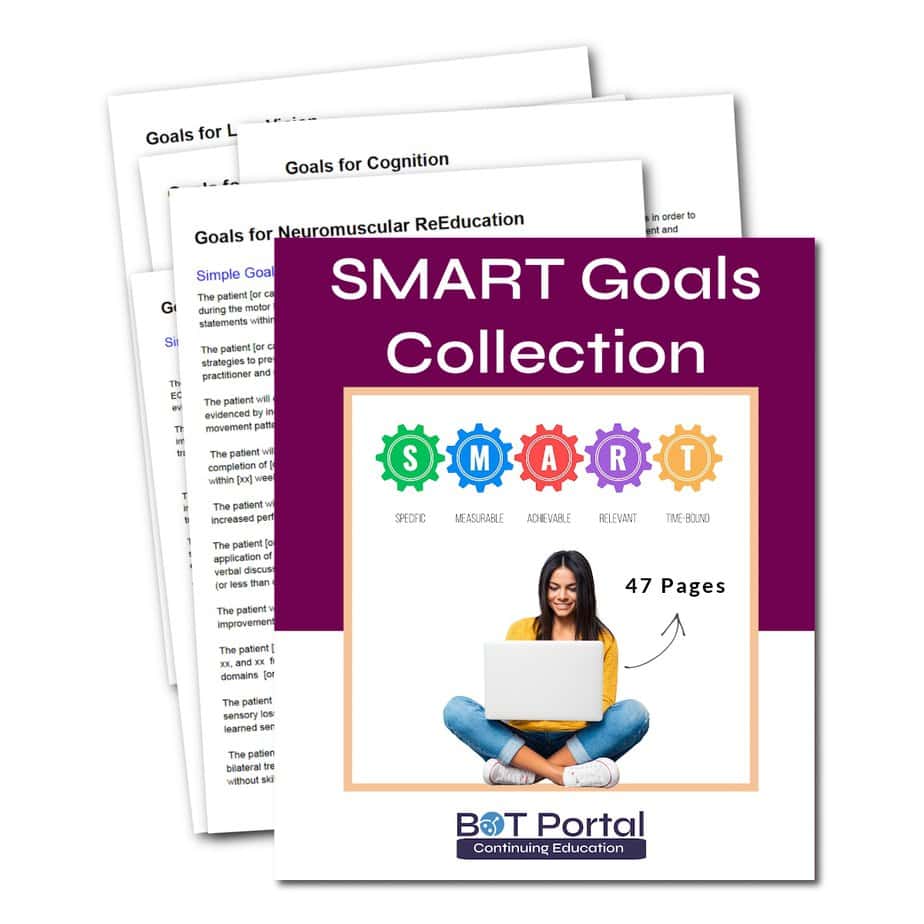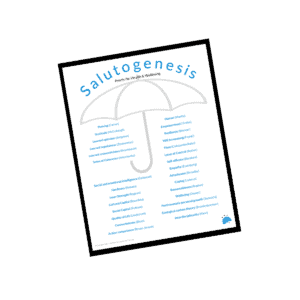Description
SMART Occupational Therapy Goals
OT Goals for Occupational Therapy for Various Categories
The SMART Occupational Therapy Goals resource is 46 pages long and includes goals for all types of diagnoses and occupational barriers.
The SMART Occupational Therapy Goals resource is an extensive 46-page guide designed to help occupational therapists set effective and measurable goals for their clients. This comprehensive resource includes goals tailored to a wide variety of diagnoses and occupational barriers, ensuring that therapists have the tools they need to address diverse patient needs.
What Are SMART Goals?
SMART goals are Specific, Measurable, Achievable, Relevant, and Time-bound. This framework helps therapists create clear and actionable objectives that can be tracked and evaluated over time. By using SMART goals, therapists can ensure that their interventions are focused and effective, leading to better outcomes for their clients.
Specific: Goals should be clear and specific, detailing exactly what is to be achieved. This precision helps both the therapist and the client understand the desired outcome and the steps needed to get there.
Measurable: Goals must include criteria for measuring progress and success. This allows therapists to track improvements and adjust interventions as needed to ensure continued progress.
Achievable: Goals should be realistic and attainable, considering the client’s current abilities and circumstances. Setting achievable goals helps maintain motivation and prevent frustration.
Relevant: Goals need to be relevant to the client’s needs and occupational barriers. They should directly address the challenges faced by the client and contribute to their overall well-being and independence.
Time-bound: Each goal should have a specific timeline or deadline. This encourages consistent effort and provides a clear timeframe for evaluating progress.
What is included?
- 46-page PDF of occupational therapy goal examples.
- 45 Minute Smart Goal Video
Parkinson’s Disease Interventions
.Other Useful Links:
Check out BOT Portal: Resource Site for Occupational Therapy Students and Practitioners




